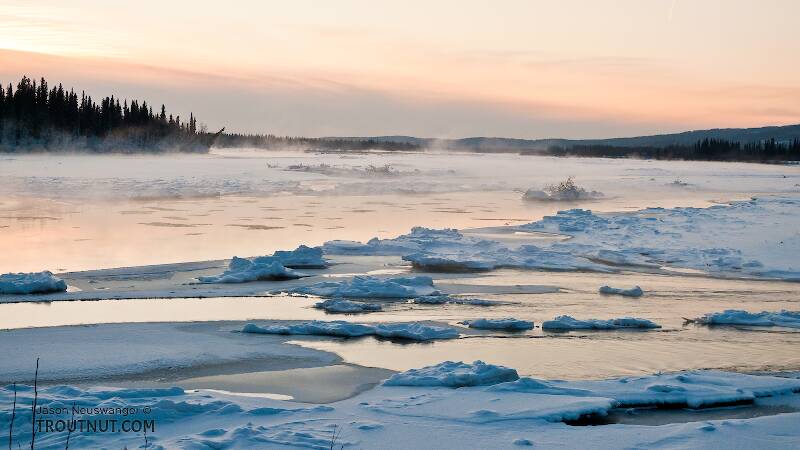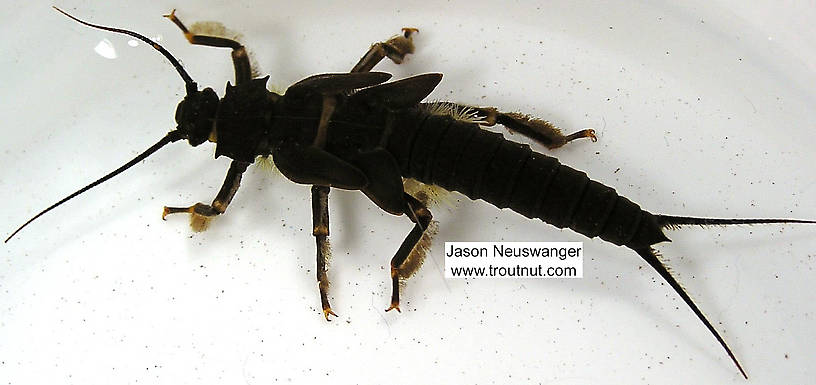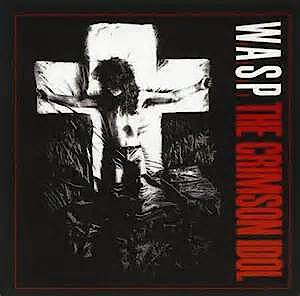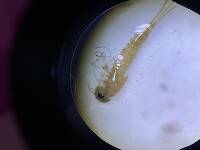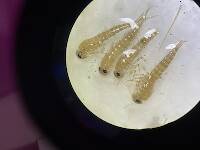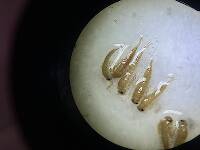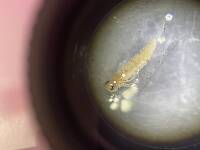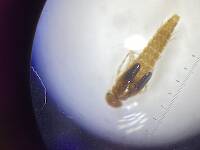
Blue-winged Olives
Baetis
Tiny Baetis mayflies are perhaps the most commonly encountered and imitated by anglers on all American trout streams due to their great abundance, widespread distribution, and trout-friendly emergence habits.
Featured on the forum

This is an interesting one. Following the keys in Merritt R.W., Cummins, K.W., and Berg, M.B. (2019) and Jacobus et al. (2014), it keys clearly to Ephemerella. Jacobus et al provide a key to species, but some of the characteristics are tricky to interpret without illustrations. If I didn't make any mistakes, this one keys to Ephemerella mucronata, which has not previously been reported any closer to here than Montana and Alberta. The main character seems to fit well: "Abdominal terga with prominent, paired, subparallel, spiculate ridges." Several illustrations or descriptions of this holarctic species from the US and Europe seem to match, including the body length, tarsal claws and denticles, labial palp, and gill shapes. These sources include including Richard Allen's original description of this species in North America under the now-defunct name E. moffatae in Allen RK (1977) and the figures in this description of the species in Italy.

Troutnut is a project started in 2003 by salmonid ecologist Jason "Troutnut" Neuswanger to help anglers and
fly tyers unabashedly embrace the entomological side of the sport. Learn more about Troutnut or
support the project for an enhanced experience here.
Adirman on Sep 10, 2010September 10th, 2010, 11:06 pm EDT
Hey, what'sm with those wierd fuzzy looking things under its belly and forearms? Is that some sort of traction thing for sticking to stuff?
Taxon on Sep 11, 2010September 11th, 2010, 3:55 am EDT
Adirman-
Interesting guess, but those are called gills, and are used to "breathe" dissolved oxygen from the water. Stonefly family generally determines whether or not gills are possessed, where they are located on the body, and the form they take, finger-like or filamentous, simple or branched, etc.
Interesting guess, but those are called gills, and are used to "breathe" dissolved oxygen from the water. Stonefly family generally determines whether or not gills are possessed, where they are located on the body, and the form they take, finger-like or filamentous, simple or branched, etc.
Adirman on Sep 11, 2010September 11th, 2010, 5:56 am EDT
Taxon;
Thanks for the info!!
Thanks for the info!!
Quick Reply
Related Discussions
Topic
Replies
Last Reply
2
Oct 4, 2006
by GONZO
by GONZO
5
Mar 14, 2012
by Wiflyfisher
by Wiflyfisher
Re: Nice pictures of accompanying Epoicocladius sp. larvae
In Ephemera simulans Mayfly Nymph by Beardius
In Ephemera simulans Mayfly Nymph by Beardius
3
Aug 8, 2008
by Beardius
by Beardius
4
Sep 4, 2012
by Entoman
by Entoman
1
Sep 5, 2006
by Troutnut
by Troutnut

